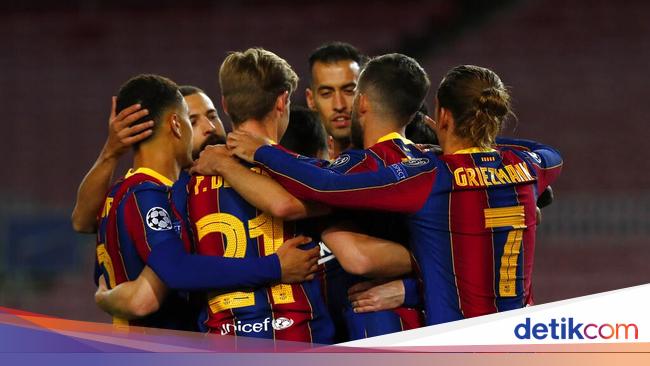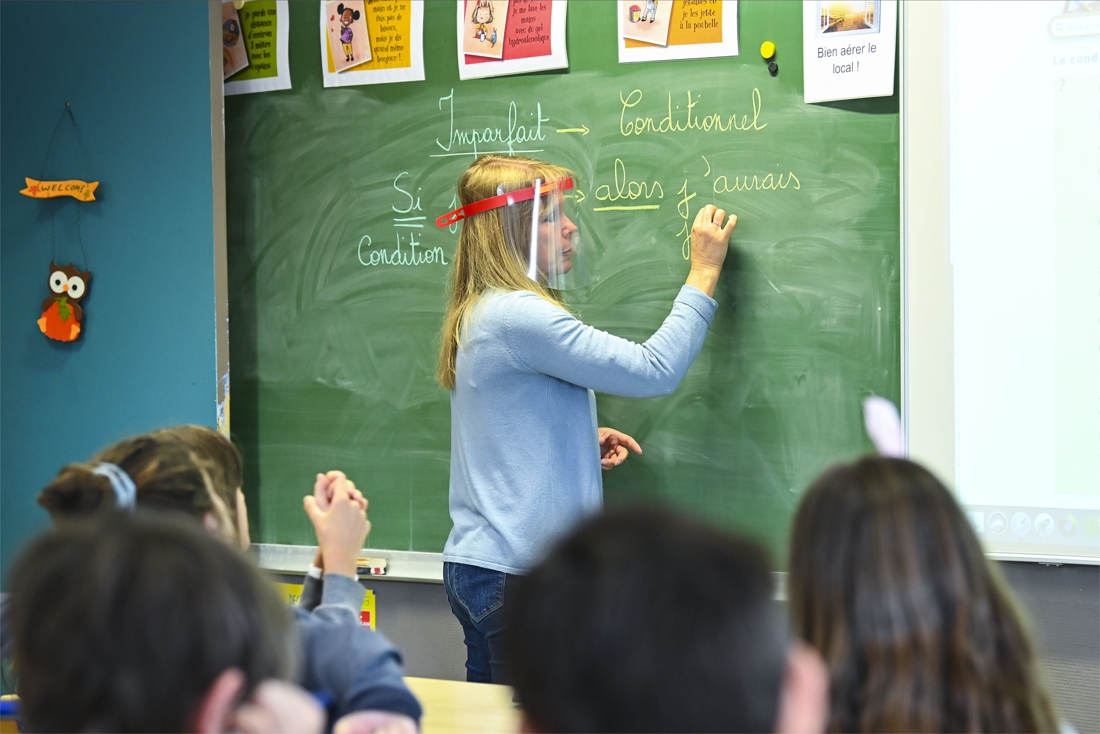“If you want to broadcast on the Internet in a wild way, sorry to say it like that, you will have to blur the faces of the police and the gendarmes”, said Gérald Darmanin, this Friday morning, on franceinfo. However, this measure is not provided for by the proposed law on “global security” on which he was questioned.
Promised by the Minister of the Interior to the police unions, the blurring of the faces of the police when they are filmed in intervention is long demanded by the representatives of the police. “I know that there is no question of blurring in the text of the law, as presented by the proposed law […], so we will have this discussion ”, said Gérald Darmanin, while the text debated from Tuesday by the deputies. “We will have debates […] in the Assembly and the Senate, we will have the opportunity to improve the text if necessary “, he continued.
Distribution of images of the police: “If you see a problem, you will have the right to film it and send it to the public prosecutor. If you want to broadcast it on the internet in a wild way, you will have to blur faces, “says Gérald Darmanin pic.twitter.com/5lPasLX4uB
– franceinfo (@franceinfo) November 13, 2020
Jean-Yves Le Drian hopes for a “calm” debate
Currently, the text, carried by the two LREM deputies Jean-Michel Fauvergue and Alice Thourot, plans to punish one year in prison and a fine of € 45,000 for broadcasting “The image of the face or any other identifying element” a police officer or a gendarme intervening with the aim of undermining his “Physical or mental integrity”.
“For a few days now, we have been given this word morning and evening! I repeat it because journalists listen to us: this article does not impose a blurring “, had also hammered Jean-Michel Fauvergue last week in the law committee. Friday on BFMTV, the Minister of Foreign Affairs Jean-Yves Le Drian said he hoped the question of «Floutage» will be debated “Serenely” in Parliament.
The bill, which arouses opposition from defenders of civil liberties, journalists’ companies from several media and anti-police violence activists, includes other controversial measures on the use of images captured by pedestrian cameras and the use of drones during demonstrations.
The text also aims to expand the powers of the municipal police, by way of experimentation, to structure the private security sector and to toughen penal repression against perpetrators of violence against the police.
– .


